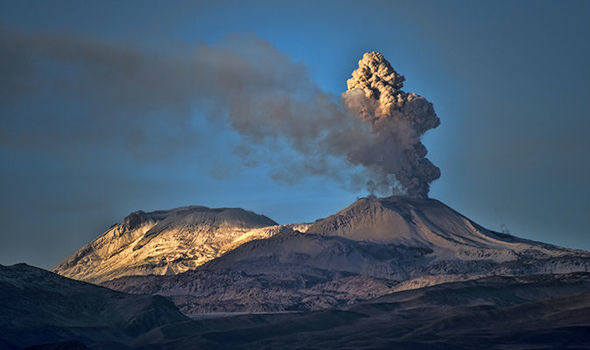OF THE
TIMES
History will have to record that the greatest tragedy of this period of social transition was not the strident clamor of the bad people, but the appalling silence of the good people.
Excellent 'deep dive' into who's funding this 'color revolution' style uprising... scroll down for a video review of what has been found... [Link]...
This issue is far more complex than what is presented by the MSM. Max Bleumenthal interview, discussing the issue and why there is so much dissent...
Yo - - you got any links to share direct - ok, I'll check - here we go. Here is the first link found - [Link] Here is another - [Link] ~ My...
All THI shows are archived. A lot is explained in the from Russia with love series.
THI-show.com on 5/2/2024 connected more dots on how the Zionists have attacked countries especially the white countries.
To submit an article for publication, see our Submission Guidelines
Reader comments do not necessarily reflect the views of the volunteers, editors, and directors of SOTT.net or the Quantum Future Group.
Some icons on this site were created by: Afterglow, Aha-Soft, AntialiasFactory, artdesigner.lv, Artura, DailyOverview, Everaldo, GraphicsFuel, IconFactory, Iconka, IconShock, Icons-Land, i-love-icons, KDE-look.org, Klukeart, mugenb16, Map Icons Collection, PetshopBoxStudio, VisualPharm, wbeiruti, WebIconset
Powered by PikaJS 🐁 and In·Site
Original content © 2002-2024 by Sott.net/Signs of the Times. See: FAIR USE NOTICE

Reader Comments
to our Newsletter